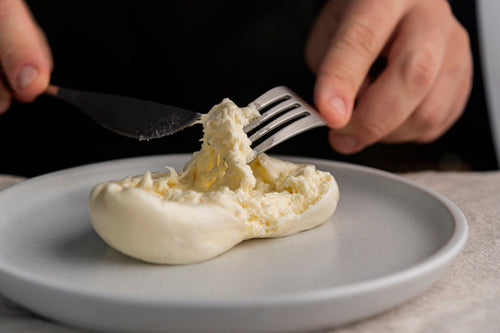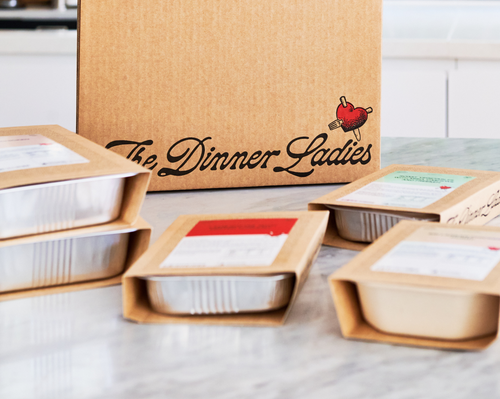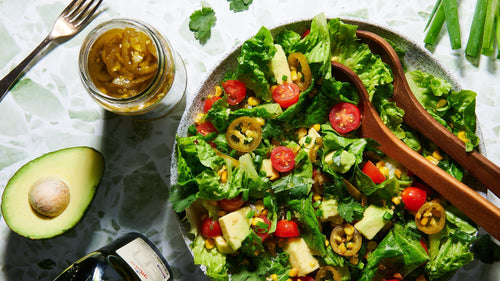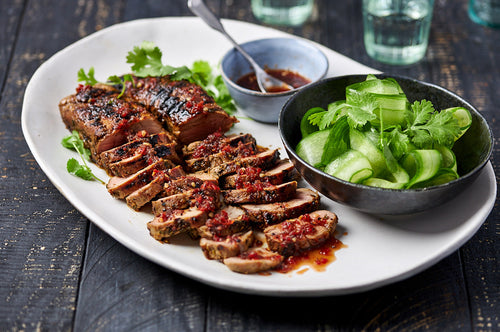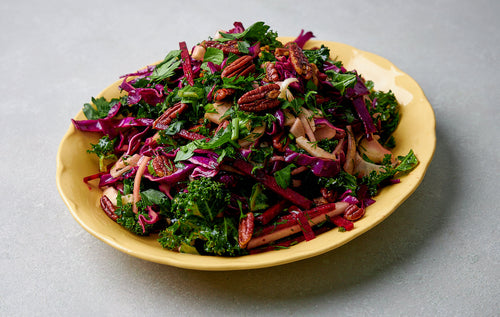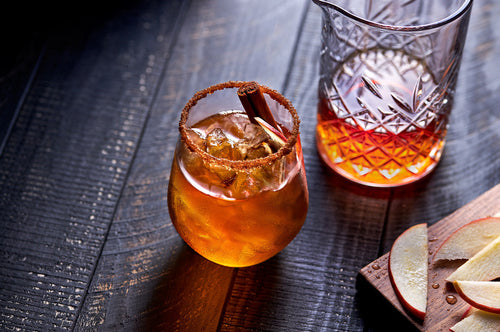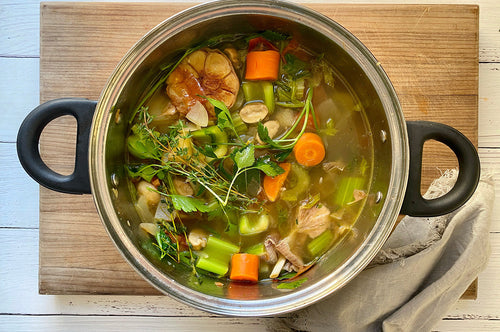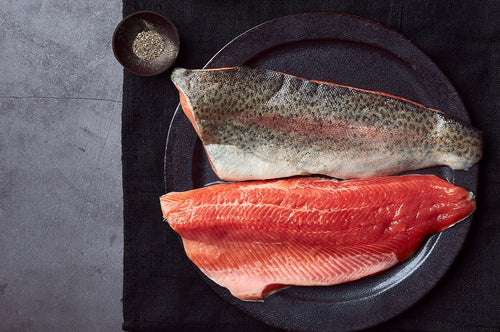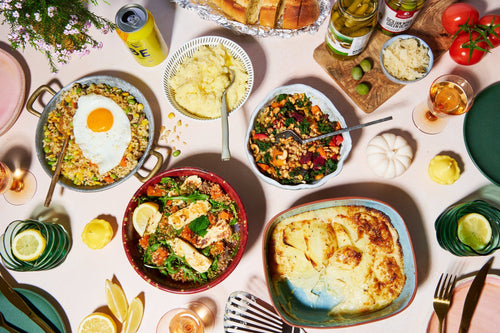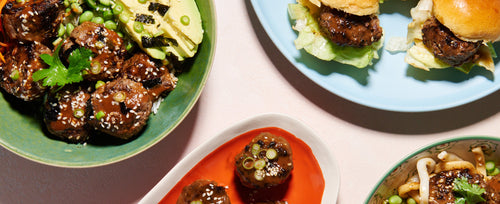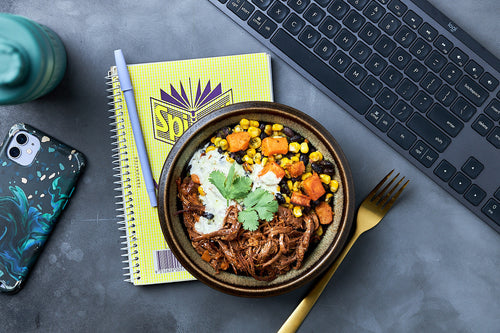Almost every country in the world has a national dish, from haggis to fish and chips, ramen to bibimbap, chimichurri to churros. How were they first cooked up? Is it the ingredients, cooking techniques or local culture that make a dish an icon of its region or nation? We explore three classics from this month’s menu and find they’re not quite as straightforward as you’d think.
JAPANESE TONKATSU
We’ve chicken katsu with tonkatsu sauce on the menu. Tonkatsu is the breaded, deep-fried pork cutlet that’s so popular in Japan and such an icon of that country. But its origins are surprising.
In the late 1800s Japan was establishing itself as a ‘modern’ world nation, opening its borders to ideas and influences. One of these was new foods from the West, and a particular favourite recipe that arrived was the French dish, cotelette de veau (veal cutlet, coated in breadcrumbs and pan-fried to perfect buttery crispness).
In Tokyo the Western-style restaurant Renga Tei (which opened in 1895 and is still open today) liked the dish but felt all that French butter and frying made the cutlet too rich and oily for Japanese tastes. Instead, the chef used the Japanese frying technique for tempura – a lighter method using a pot of hot oil instead of pan-frying. And he changed the breadcrumbs from the stodgier European version to traditional Japanese soft fresh panko breadcrumbs. The cutlet came out crisper and lighter; much more suited to Japanese tastes – and so tonkatsu was born. The meat was changed from veal to a more cost-effective cut and the dish made its first appearance in 1899 under the name ‘pork cutlet’ on the menu at Renga Tei.
And it didn’t stop there… this pork cutlet continued to evolve to fit the tastes of its new spiritual home. To compensate for a lack of cooks, the restaurant substituted finely chopped cabbage for the labour-intensive hand-cut carrots and potatoes of the French version. Then it replaced the rich European demi-glace sauce with a mixture of two types of imported Worcestershire sauce – a favourite from Britain, with a clean tangy flavour the Japanese loved.
Tonkatsu itself went on to inspire a whole new range of favourite Japanese dishes. The katsu sandwich uses tonkatsu as a sandwich filling, while katsu curry was the result of the chef indulging a customer by pouring curry sauce over the cutlet – there is no record as to whether the customer was a student after a long night out.
PORK VINDALOO
A straightforward Indian curry, right? One of the spiciest, and beloved by some post-pub customers in the curry houses of Britain as a test of fortitude in the face of overwhelming fiery chilli. Maybe… but that’s not what a vindaloo really is. The aromatic, pickle-sour original from Goa is no mind-blowingly spicy curry, but marinated meat in a tantalising rich, slightly sweet and sour gravy.
So, where did vindaloo start out? There seems no doubt it was first made in Goa, but as an adaptation of the Portuguese dish carne de vinho e alhos (‘meat in garlic marinade’). Portuguese explorers had arrived in the early 15th century, carrying with them their supplies of cleverly preserved meat. The Portuguese were the great seafarers of the time, and they’d developed a unique style of marinating meat in a stock of red wine, salt and garlic to preserve it during long sea journeys.
In Goa the traditional Portuguese recipe had to be adjusted because the Goans didn’t make wine. Instead, they used a palm vinegar, mixed with tamarind pulp and plenty of garlic, which contented the Portuguese cooks.
The adaptation continued… local spices such as black pepper, cinnamon, cardamom, ginger and cloves were added. And then the key ingredient that gave bite to the sauce: red chillies (imported to India from the Americas, by, once again, the Portuguese. These explorers brought them from Brazil along with tomatoes, potatoes, pineapples and cashews).
The name ‘vindaloo’ is simply a messy mispronunciation of vinho e alhos. It gets more confusing because the suffix ‘aloo’ generally implies an Indian dish with potatoes in it. It’s purely coincidental that our curry is pork and potato!
And back to those post-pub curry house customers… A song Vindaloo by the band Fat Les became the unofficial anthem for English football fans during the 1998 World Cup. Now let’s all do our bit to restore vindaloo to its rightful place as a delicious, complex, rich sweet and sour Portuguese–Goan braise, rather than a football chant!
BEEF STROGANOFF
This traditional Russian dish of meltingly tender beef and buttery fried mushrooms in a sour cream sauce is named after the influential Stroganoff family. Legend has it that it took its name after being invented by one of the family’s chefs.
Of course, those chefs were French – because the French apparently had all the posh cooking skills at that time! So is strogranoff a French invention, then? According to an early cookbook, the original stroganoff recipe came from a basic French mustard for seasoning beef, combined with a dollop of the sour cream the Russians loved, which Stroganoff's chef was then careful to name flatteringly after his benefactor.
French chef Charles Brière entered a recipe for beef Stroganoff In 1891 into a competition in a French newspaper. It was assumed he was the inventor of this dish, but actually both the recipe and the name existed before then...
So, French then, not Russian… well, hang on a moment. An earlier Russian cookbook from 1871, the marvellously name A Gift to Young Housewives, contains the first recipe for beef à la Stroganov, with mustard – beef cubes in a dry marinade of salt and spice, then fried in butter, with a mustard sauce. No onions or mushrooms, but a little of that sour cream.
Confused? Let’s just agree that sometime, somewhere the French chefs and their mustard-seasoned beef met a traditional Russian recipe and diners with a love of local onions, mushrooms and sour cream and a delicious culinary match was made.
Eager to try these three wonderfully iconic dishes? Pick them up today by clicking here.

